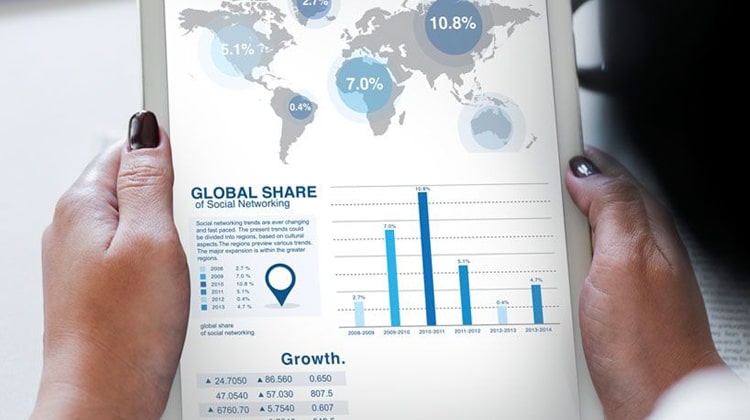
Optimizing Pharmaceutical Labelling: The Crucial Role Of Artwork Flow
In the pharmaceutical sector, maintaining the highest standards of quality is paramount. This commitment spans all processes—from research and development to production and distribution—ensuring patient safety and regulatory compliance. A critical component in this intricate system is pharmaceutical labelling, particularly the artwork flow, which plays a pivotal role in streamlining the production cycle, preserving product quality, and minimizing errors.
What Is Artwork Flow in Pharmaceutical Labelling?
Artwork in pharmaceutical labelling includes the visual elements, text, and images on medication packaging, such as labels, inserts, and boxes. These components provide essential information like dosage instructions, indications, contraindications, and safety warnings. Errors in artwork can have serious consequences, including patient harm, regulatory noncompliance, and reputational damage.
The term artwork flow refers to the end-to-end process of developing, reviewing, approving, and managing these visual assets. It requires collaboration across departments like Regulatory Affairs, Quality Assurance, Marketing, and Production to ensure that all packaging and labelling materials are accurate, compliant, and up to date.
Challenges in Artwork Flow Management
Managing artwork flow in the pharmaceutical industry comes with unique challenges:
1. Regulatory Compliance
Health authorities such as the European Medicines Agency (EMA) and the United States Food and Drug Administration (US FDA) impose stringent guidelines. These regulations often vary by country and product type, making compliance complex and resource intensive.
2. Complex Review Processes
Reviewing artwork involves numerous stakeholders, including regulatory, marketing, and quality teams. Coordinating feedback across multiple departments increases the potential for errors and delays.
3. Version Control
Frequent revisions to artwork demand meticulous tracking. Poorly managed version control may result in outdated or incorrect labelling, leading to significant risks.
4. Globalization
Pharmaceutical companies operating internationally must adapt labelling for various languages, cultural contexts, and local regulations. Ensuring accuracy across markets adds complexity.
5. Time Constraints
Tight deadlines, particularly during product launches or regulatory submissions, heighten the risk of rushed processes and errors in labelling.
Strategies for Optimized Artwork Flow
To overcome these challenges, implementing a robust artwork flow optimization strategy is essential. Below are some key practices to streamline processes and enhance quality:
1. Centralized Digital Management
Establishing a centralized digital system, such as a Label Lifecycle Management (LLM) tool, ensures all artwork-related data is stored in one location. Authorized stakeholders can access the latest versions easily, reducing the risk of using outdated assets.
2. Automated Workflows
Automating review and approval processes reduces manual errors, speeds up workflows, and maintains a detailed audit trail for regulatory inspections.
3. Collaborative Tools
Utilizing tools that facilitate communication and feedback, such as Esko WebCenter or Global Vision, enhances cross-department collaboration and minimizes miscommunication.
4. Regulatory Expertise
Employ professionals skilled in pharmaceutical labelling regulations. Their expertise ensures that artwork adheres to evolving international and local guidelines.
5. Quality Control Measures
Rigorous quality checks at every stage of artwork creation help identify issues early, preventing costly recalls or regulatory rejections.
6. Change Management Strategies
Develop a structured approach for managing updates, revisions, and recalls minimizing disruptions and ensure accuracy during transitions.
Conclusion
Accurate labelling is essential for ensuring patient safety and regulatory compliance in the pharmaceutical industry. Optimizing artwork flow not only streamlines processes but also prevents errors that could jeopardize patients' health or a company’s reputation.
By strategically leveraging technology, fostering interdepartmental collaboration, and employing regulatory expertise, pharmaceutical companies can safeguard their products while meeting stringent global standards. Partnering with labelling specialists can further enhance efficiency, ensuring adherence to compliance requirements and improving time-to-market.
Call to Action
For expert assistance in optimizing your labelling processes, consult with specialists experienced in pharmaceutical artwork flow. From regulatory expertise to advanced digital management solutions, partnering with professionals can help you navigate complexities and deliver compliant, high-quality labelling.







